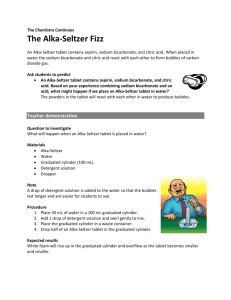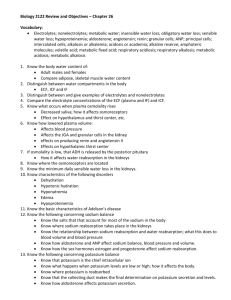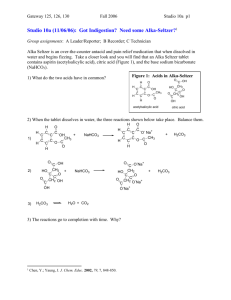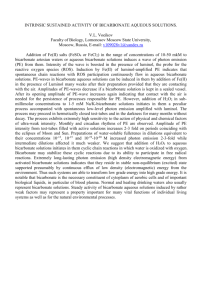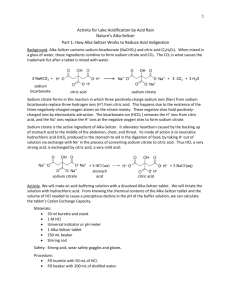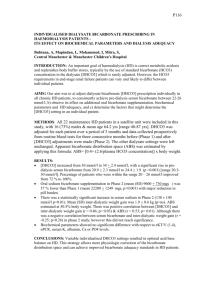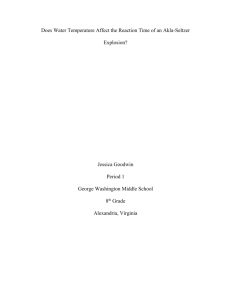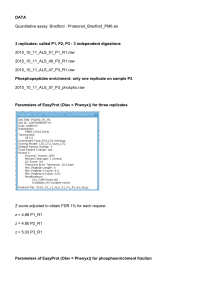Plop-Fizz: Alka-Seltzer background
advertisement
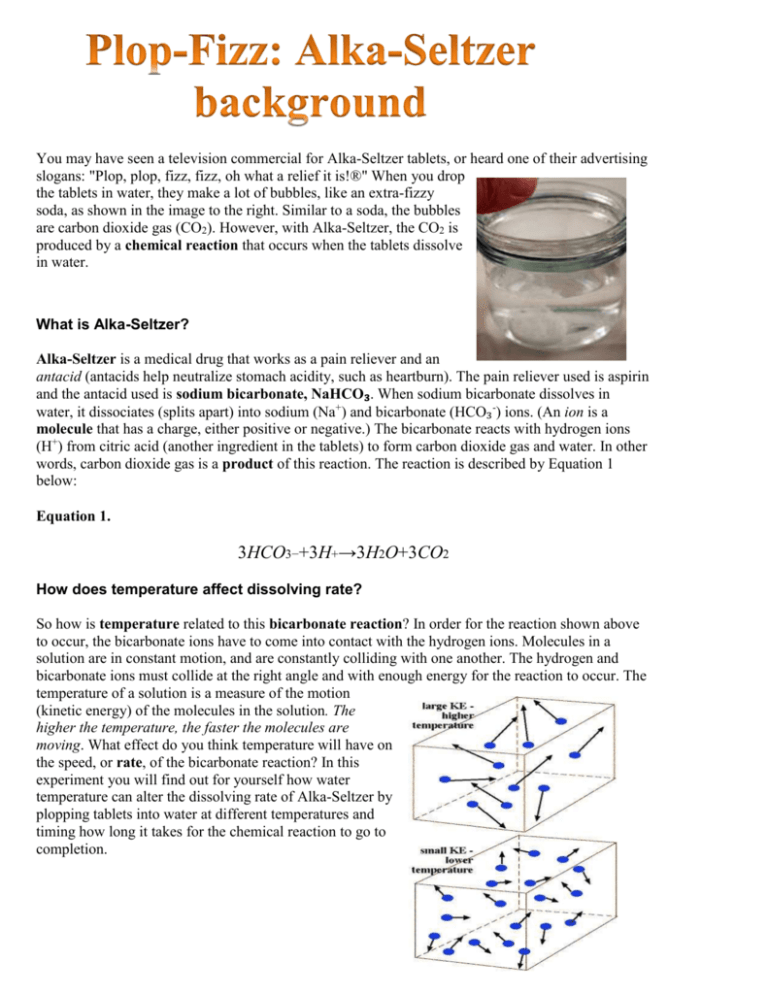
You may have seen a television commercial for Alka-Seltzer tablets, or heard one of their advertising slogans: "Plop, plop, fizz, fizz, oh what a relief it is!®" When you drop the tablets in water, they make a lot of bubbles, like an extra-fizzy soda, as shown in the image to the right. Similar to a soda, the bubbles are carbon dioxide gas (CO2). However, with Alka-Seltzer, the CO2 is produced by a chemical reaction that occurs when the tablets dissolve in water. What is Alka-Seltzer? Alka-Seltzer is a medical drug that works as a pain reliever and an antacid (antacids help neutralize stomach acidity, such as heartburn). The pain reliever used is aspirin and the antacid used is sodium bicarbonate, NaHCO₃. When sodium bicarbonate dissolves in water, it dissociates (splits apart) into sodium (Na+) and bicarbonate (HCO₃-) ions. (An ion is a molecule that has a charge, either positive or negative.) The bicarbonate reacts with hydrogen ions (H+) from citric acid (another ingredient in the tablets) to form carbon dioxide gas and water. In other words, carbon dioxide gas is a product of this reaction. The reaction is described by Equation 1 below: Equation 1. 3HCO3−+3H+→3H2O+3CO2 How does temperature affect dissolving rate? So how is temperature related to this bicarbonate reaction? In order for the reaction shown above to occur, the bicarbonate ions have to come into contact with the hydrogen ions. Molecules in a solution are in constant motion, and are constantly colliding with one another. The hydrogen and bicarbonate ions must collide at the right angle and with enough energy for the reaction to occur. The temperature of a solution is a measure of the motion (kinetic energy) of the molecules in the solution. The higher the temperature, the faster the molecules are moving. What effect do you think temperature will have on the speed, or rate, of the bicarbonate reaction? In this experiment you will find out for yourself how water temperature can alter the dissolving rate of Alka-Seltzer by plopping tablets into water at different temperatures and timing how long it takes for the chemical reaction to go to completion.

